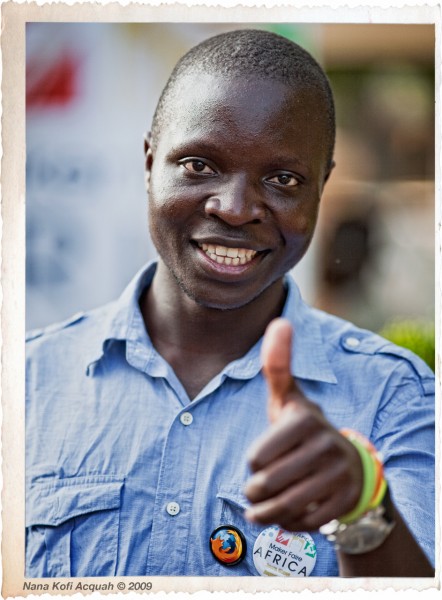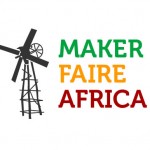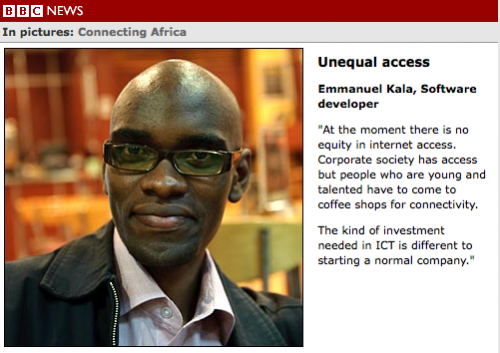If you follow AfriGadget, you’ll know that this summer I spent some time testing some new bags made by combining flexible solar panels from the people at Portable Light with the top-notch bags made by Timbuk2 in Ghana and Kenya over the summer. The whole initiative was put together by Pop!Tech, and it’s called the FLAP (Flexible Light and Power) bag.
The FLAP bag is still very much in its testing phase. What I was doing was alpha level, today more people are getting access to the bag and will help with beta testing in more places. This is good. It means that the team behind the project are not just rushing something to market to take advantage of the buzz, but are really trying to get it right.
Some of the suggestions from the African users can be found in the Fast Company article I wrote last week, but there are more coming in too, from South America and an Indian reservation in the US.
A few suggestions from African users
- The American-style Timbuk2 bags were generally thought of as too large
- Electronics need to be put into a more rugged case to survive the beatings that they’ll take in Africa
- People wondered if there was a way to hide, or cover, the solar panels to disguise what the bag was – for security reasons
- There was a general feeling that there was more use for portable light and power in rural settings rather than urban
- The ability to remove the solar components from the bag was genius
- The tailors wanted to make their own designs, and wanted access to cheap components to experiment with, and then sell
Testing, Local Relevancy & a Challenge
One of the most compelling things that happened on the trip was my interaction with tailors. I would give them a bag, but also give them the raw components and challenge them to make a bag of their own design, using local materials that they thought would be right for them, or right to sell in their market.
The bag above is my favorite customized bag design, it’s a smallish backpack that was made by Stephen Omollo in Nairobi. There are others though (see them here), and these creations serve as an indicator of the desire to own the technology. To make the technology relevant to specific local needs.
What this left me with was a nagging thought – that I was the wrong person to do this testing project. Sure, AfriGadget connections make me and the other editors a likely vector to do this, but that It was Timbuk2 that needed to be out in Africa with us. (I’m letting Portable Light off the hook, because I know they already do this)
Luckily, I’m here at Pop!Tech with the team from Timbuk2 and the team from Portable Light. I’m inviting them out to Kenya to actually get on the ground with these tailors and people who understand the pulse and cultural usage norms of the clients that they serve locally. With a little luck, we’ll get even further with the project, seeing a true partnership across two continents.
A big thank you goes out to my colleague Henry Addo in Ghana and David Ngigi in Kenya for their help with both videography and the interviews.

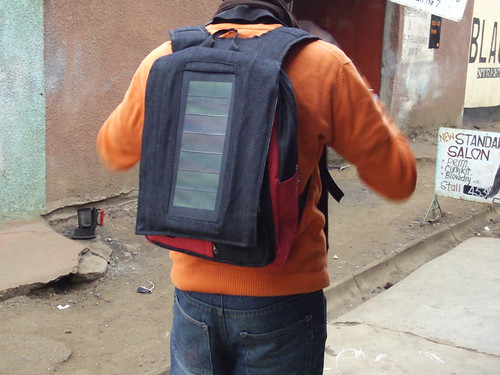



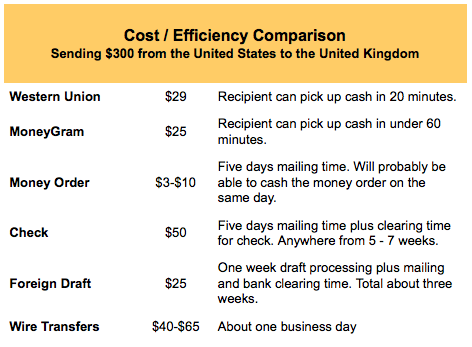
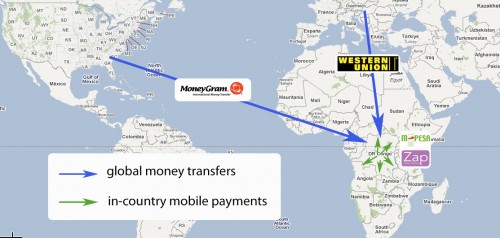
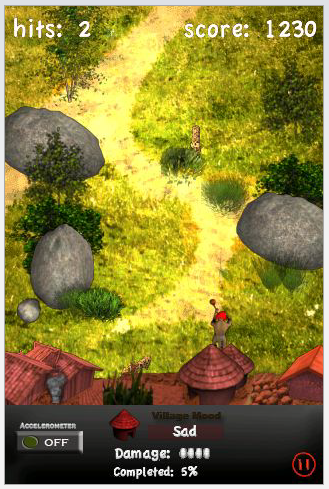
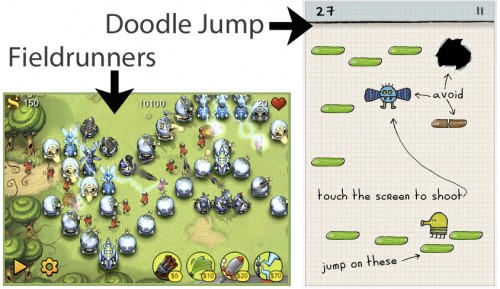

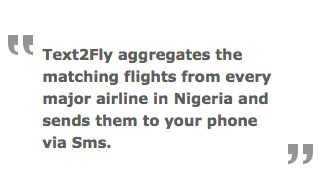 In terms of business model Text2Fly is paid for by premium SMS once it officially launches. It’s free right now though, so definitely worth testing out to see how much it helps in your daily life.
In terms of business model Text2Fly is paid for by premium SMS once it officially launches. It’s free right now though, so definitely worth testing out to see how much it helps in your daily life.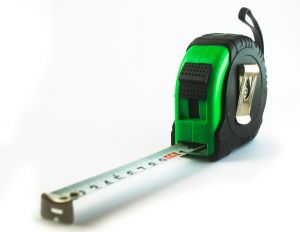 I don’t think it’s as early as most people think. There are a lot of people out there who claim they need funds in order to build a product. I disagree. Your first job is to build it. It might be in your nights and weekends, but that’s to be expected.
I don’t think it’s as early as most people think. There are a lot of people out there who claim they need funds in order to build a product. I disagree. Your first job is to build it. It might be in your nights and weekends, but that’s to be expected.